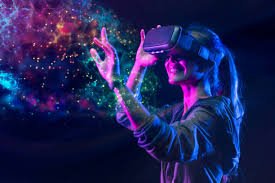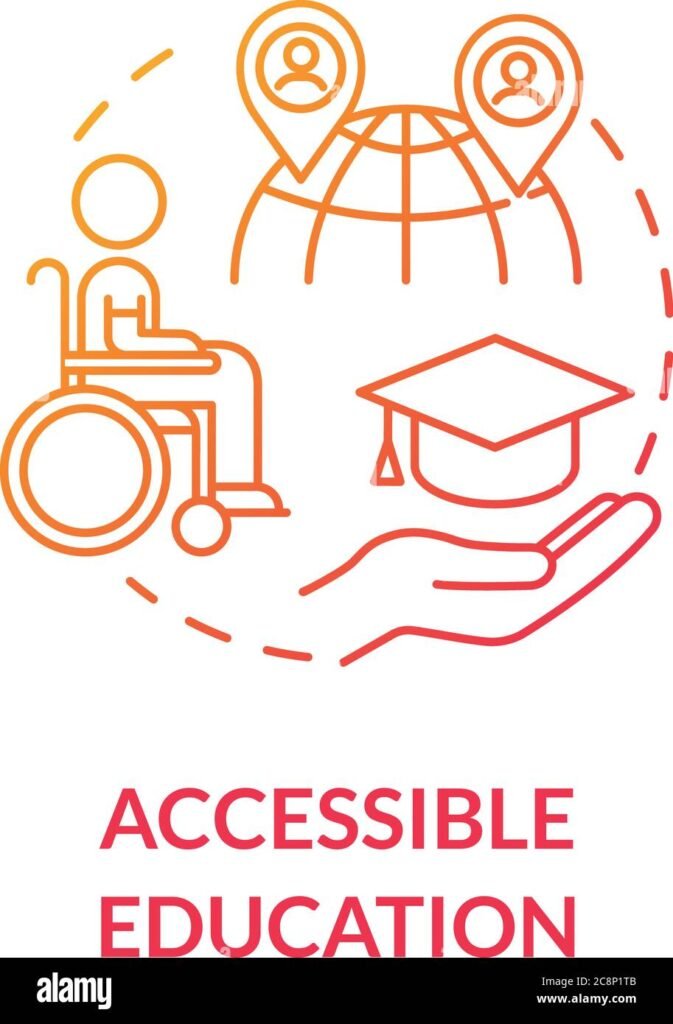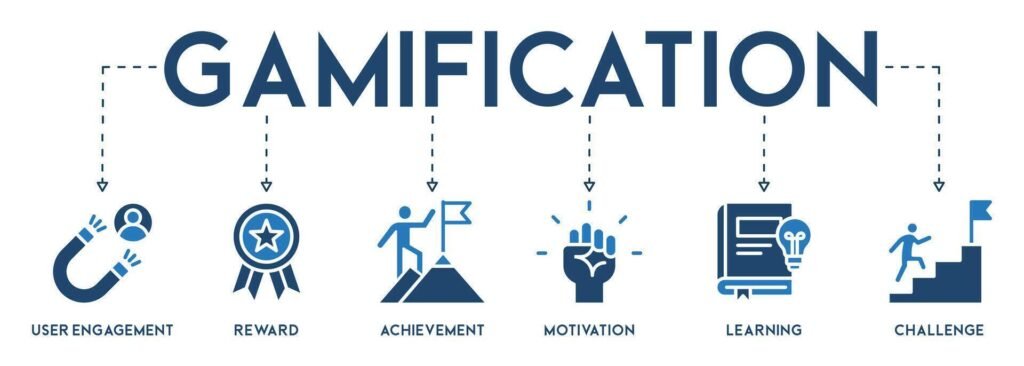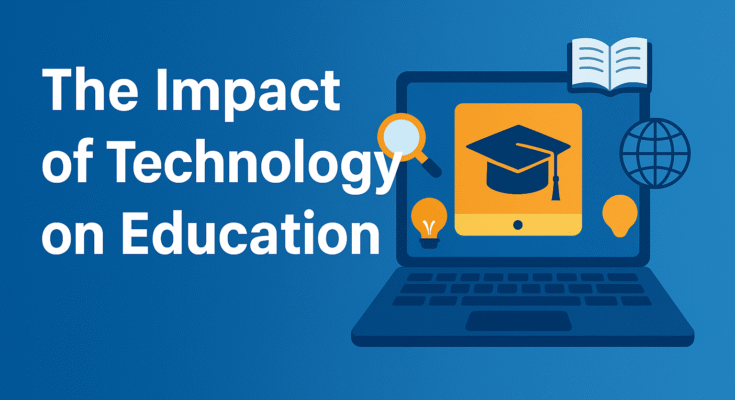Introduction
The impact of technology on education has transformed the way students learn and teachers teach. From interactive smartboards to virtual classrooms, technology has revolutionized the entire education system. It has made learning more accessible, engaging, and personalized for students of all ages. This article explores how technology has reshaped education, highlighting its benefits, challenges, and future prospects.
How Technology Has Changed the Classroom
One of the most noticeable changes in modern education is the shift from traditional to tech-enabled classrooms. The days of chalkboards and overhead projectors are nearly gone. Today, smartboards, tablets, and high-speed internet are common in many classrooms worldwide.
Teachers now use PowerPoint presentations, videos, and digital simulations to explain complex topics. Students, in turn, use laptops and tablets to access online resources, take notes, and collaborate with peers. This shift has significantly improved the learning experience and made lessons more interactive.
Online Learning and E-Learning Platforms
Another major impact of technology on education is the rise of online learning platforms. Websites like Khan Academy, Coursera, Udemy, and edX have opened doors for millions of learners to study anytime, anywhere.
E-learning platforms offer flexibility, allowing students to learn at their own pace. Whether you’re a high school student or a working professional, you can access a wide range of courses online. These platforms often include video lectures, quizzes, downloadable materials, and certificates, making them a complete learning solution.
Personalized Learning Experiences
Technology has also enabled personalized learning, where students receive tailored instruction based on their individual needs. Adaptive learning software analyzes students’ performance and adjusts the content accordingly.
For example, if a student struggles with math, the system provides extra practice and simpler explanations. Conversely, advanced students receive more challenging problems to stay engaged. This level of customization ensures that every student can learn at their own pace and ability level.
The Role of Artificial Intelligence (AI) in Education
Artificial Intelligence has further enhanced the impact of technology on education. AI-powered tools help teachers with administrative tasks, grading, and creating custom lesson plans. AI tutors are now available to assist students in subjects like math, science, and language learning.
Chatbots are also being used in educational institutions to answer frequently asked questions about admissions, course details, and deadlines, saving time and increasing efficiency.
Virtual Reality (VR) and Augmented Reality (AR)

Virtual Reality (VR) and Augmented Reality (AR) are making education more immersive. With VR headsets, students can take virtual field trips to historical sites, outer space, or inside the human body. AR apps allow students to interact with 3D models, bringing textbooks to life.
These technologies enhance comprehension and make learning fun. For instance, medical students can practice surgeries in a virtual environment before working on real patients.
Collaborative Learning Through Technology

Technology has made collaborative learning easier and more effective. Tools like Google Workspace (Docs, Sheets, Slides) and communication platforms like Zoom and Microsoft Teams allow students to work together on projects in real-time, even if they’re miles apart.
Teachers also benefit from collaborative platforms where they can share resources, ideas, and feedback with peers worldwide. This creates a global network of educators working together to improve teaching methods.
Increased Accessibility to Education

One of the most significant impacts of technology on education is its role in making learning accessible to everyone. Students in remote or underprivileged areas can now attend virtual classes and access online resources. People with disabilities can use assistive technologies such as screen readers, speech-to-text software, and customizable interfaces to participate in learning.
Moreover, during the COVID-19 pandemic, online learning became a necessity, proving that technology can keep education running even in times of crisis.
Gamification and Engagement

Gamification is another innovative way technology is making education more engaging. Educational games, quizzes, and apps turn learning into a fun and competitive experience. Students earn rewards, badges, or points for completing tasks, which keeps them motivated.
Platforms like Duolingo use gamification to teach languages, while Prodigy makes learning math exciting for younger students. This method is particularly effective for children, as it combines entertainment with education.
Parental Involvement and Monitoring

With the help of technology, parents can now stay more involved in their children’s education. School management systems provide portals where parents can check attendance, grades, assignments, and communicate with teachers.
This level of transparency allows parents to support their children better and ensure they are on track academically.
Teacher Training and Professional Development

The impact of technology on education also extends to educators. Teachers now have access to countless online resources for professional development. From webinars and online courses to teaching forums and instructional videos, the learning never stops.
These resources help teachers stay updated with the latest teaching strategies, subject knowledge, and tech tools, which in turn benefits their students.
Data-Driven Decision Making

Technology enables schools to collect and analyze data to improve student outcomes. Learning management systems (LMS) and student information systems (SIS) track performance, attendance, behavior, and other metrics.
This data helps educators make informed decisions about curriculum design, teaching methods, and interventions for students who need extra support.
Challenges of Integrating Technology in Education
Despite its numerous benefits, the integration of technology in education comes with challenges:
1. Digital Divide
Not all students have equal access to technology. In many rural or low-income areas, students lack devices or reliable internet connections. This digital divide can widen the gap in educational opportunities.
2. Screen Time and Distractions
Increased screen time can affect students’ health, causing eye strain, poor posture, and sleep issues. Moreover, distractions from social media and games can hinder concentration and productivity.
3. Teacher Readiness
Not all teachers are tech-savvy. Some educators may struggle to adapt to new tools or may require extensive training. This can slow down the implementation of technology in classrooms.
4. Cybersecurity and Privacy

With the rise in digital tools, protecting students’ data has become a serious concern. Schools must ensure that data is secure and that students’ privacy is maintained.
The Future of Technology in Education

Looking ahead, the impact of technology on education is expected to grow even further. Innovations like blockchain for secure academic records, 5G for faster access, and machine learning for deeper personalization will continue to shape the future.
Education will become more decentralized, allowing students to learn from anywhere in the world. Hybrid learning models—blending online and offline methods—will become the norm, offering flexibility and efficiency.
Moreover, continuous advancements in AI, VR, and AR will make learning more interactive, immersive, and effective. These technologies will prepare students for real-world challenges by offering practical, hands-on experiences in a virtual setting.
Conclusion
The impact of technology on education is profound and far-reaching. It has transformed traditional teaching methods, increased access to education, and made learning more engaging and personalized. While there are challenges to overcome, the benefits far outweigh the drawbacks.
As we move forward, the key lies in using technology responsibly and inclusively. With the right tools, training, and support, technology can help build a more educated, skilled, and connected world. By embracing innovation, educators and learners alike can unlock their full potential and shape a brighter future.




